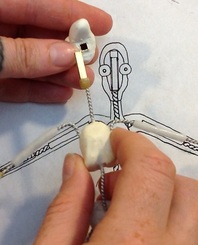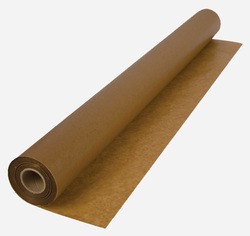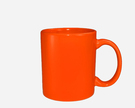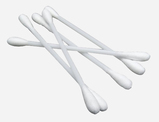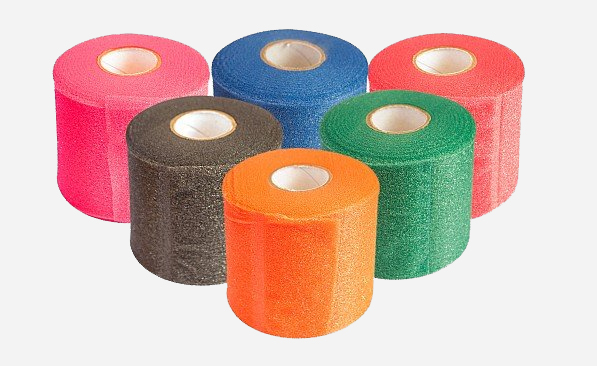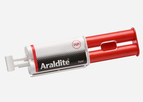Tools and Materials you will need to make a basic UWE Training Puppet.
|
There are a million ways to approach fabrication for stop motion. With a bit of experience and confidence, low cost materials such as plasticine, polymer clay, silicone and textiles can be used to make innovative and appealing characters, capable of sophisticated and sustained performance. This tutorial however has been designed to familiarise the novice puppet maker in the key concerns of stop motion puppet construction using very low cost and easily sourced materials and basic "kitchen sink" processes.
|
Workspace and Environment.
As this project is basic you can work on the fabrication at home. However, there are a few considerations in relation to good practice that will keep your working environment efficient and comfortable. You will need a well lit and well ventilated desk or table space, and as you will be using smelly and messy materials such as latex and glue. It is a good idea to put protective card or paper on the table before you begin and if you are working in a room with a carpet invest in a cheap rubber backed mat for underneath your work area as spilled latex will destroy rugs and carpets. Always wear old clothes, or an apron, as latex will stain clothes very badly. When making the armature, you will need to move the project to the kitchen for a short while, as you will need access to a sink, a mug, and an electric kettle.
Basic tools and useful items.
You will need to collect a number of easily sourced items before you begin your puppet making project. A small pair of pointed pliers with a wire cutter are essential for snipping and shaping your armature wire. Toothpicks are an essential modelling tool, but also useful for mixing glue and applying latex. Your puppets feet will be pinned down to the Animation stage when shooting your sequence, so you will need a good supply of steel pins (ones that can be bent without snapping) and a sharp pointed scissors is key when it comes to trimming and finishing your puppet. A regular coffee mug is used with the kettle to prepare "Polymorph" (see below)
Cotton buds (or cue tips) are very useful when it comes to joining puppets hands to the arms, and baby wipes have a range of uses, from wiping hands and tools to reducing the tack on other materials. To make holes in your puppets feet you will need a sewing needle with a wider diameter than a dressmakers pin (to allow for clearance when you pin the foot down). As your puppets outer skin will be made with latex, a light dusting of baby powder is essential to prevent fingers and legs from sticking together. A stock of cheap plastic brushes are also essential for painting a final latex layer over the finished puppet. Latex will destroy more expensive natural fibre brushes, but can easily be picked off plastic or nylon bristles.
Specialist craft materials and equipment and recommended online suppliers - (Click on the images for web links.)
You will also need to source and purchase a range of specialist craft and fabrication materials and tools. You may find some of the items below in your local craft shop, but sourcing them can be time consuming. I prefer to source as much as I can online, as I can rely on the items being in stock, and I can save myself the time it would take getting from shop to shop, only to find that the colour or product is no longer in stock. I have also highlighted those items and products which are also available in small quantities at the Bower Ashton Art shop at UWE.
Your puppets armature will be made using aluminium wire in a range of thicknesses. This wire is very soft, with no memory (or "Bounce Back") to allow you to animate movement precisely. You will need some dipping latex, which is used with other materials to form a flexible "skin". As you become more experienced, you may wish to add some latex thickener to small amounts to help to control the material. Milliput is a two part epoxy putty which when mixed together will set in a couple of hours to form a rock hard structure. It is used to make the hard central parts of the armature, such as the head, chest and pelvis. It is also very important when making the "pin down" feet of your puppet. Polymorph is a lightweight plastic material that melts in boiled water to form a pliable self adhesive material. It is very strong, slightly flexible and recyclable. It is rolled flat and used to make the long bones of the legs and the arms on larger puppets. When making the feet, it is useful to use a neoprene yoga brick like the green one pictured below as a receptive surface to push pins into. When animating, this material is perfect as the "stage" or base for the animation as it holds the pins and puppet exceptionally well. Plasticine is a useful material to have to hand. Hand armatures can be held in place with small blobs when drying glue or latex, and it forms an essential part of the foot making process.
Your puppets armature will be made using aluminium wire in a range of thicknesses. This wire is very soft, with no memory (or "Bounce Back") to allow you to animate movement precisely. You will need some dipping latex, which is used with other materials to form a flexible "skin". As you become more experienced, you may wish to add some latex thickener to small amounts to help to control the material. Milliput is a two part epoxy putty which when mixed together will set in a couple of hours to form a rock hard structure. It is used to make the hard central parts of the armature, such as the head, chest and pelvis. It is also very important when making the "pin down" feet of your puppet. Polymorph is a lightweight plastic material that melts in boiled water to form a pliable self adhesive material. It is very strong, slightly flexible and recyclable. It is rolled flat and used to make the long bones of the legs and the arms on larger puppets. When making the feet, it is useful to use a neoprene yoga brick like the green one pictured below as a receptive surface to push pins into. When animating, this material is perfect as the "stage" or base for the animation as it holds the pins and puppet exceptionally well. Plasticine is a useful material to have to hand. Hand armatures can be held in place with small blobs when drying glue or latex, and it forms an essential part of the foot making process.
Hollow fibre wadding or "quilt Batting" is a white synthetic substance found inside pillows, quilts and cushions. It is very useful in padding out large areas around the armature, such as the torso and upper thighs. It is lightweight and flexible, and easily held in place with spray mount. The small coloured rolls pictured below are a thin foam product called "Muller Wrap". They were originally designed for use in physiotherapy, for use under supports and casts, but have been discovered by the arts and crafts world as a very versatile and useful fabrication product. They come in a range of colours, and when dipped into latex and dried they form a thin and flexible skin which can be easily applied to the armature. While you can use a range of glue in stop motion puppet making, the most versatile and dependable product I have used is the fast setting epoxy glue made by Araldite pictured below. Its fast setting time and rock hard setting strength make it far more efficient than more brittle products such as super glue. A pasta roller (without the cutting attachment) is an excellent way to produce flat sheets of polymorph to a consistent thickness for cutting into bones for the arms and legs. It is expensive, but the material does not harm the machine in any way, so a borrowed machine could easily be used to make a stock pile of sheets in advance of a big puppet making project. A rolling pin can be used, but it is difficult to control the thickness of the material, and working in this way is a much more time consuming process.
